72+ Sample Investment Proposals
-

Investment Proposal Template
download now -

Startup Investment Proposal Template
download now -
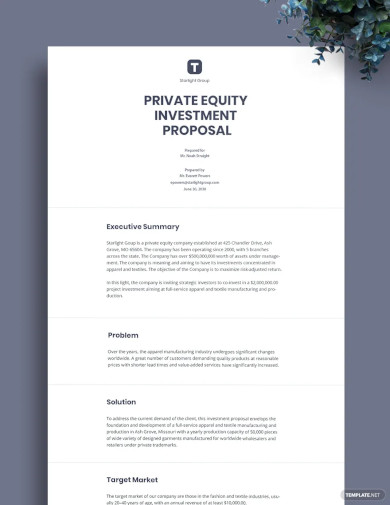
Private Equity Investment Proposal Template
download now -
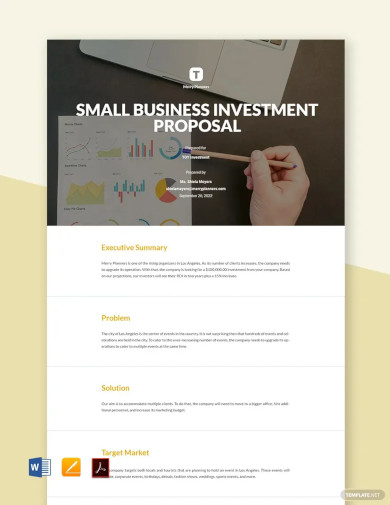
Small Business Investment Proposal Template
download now -
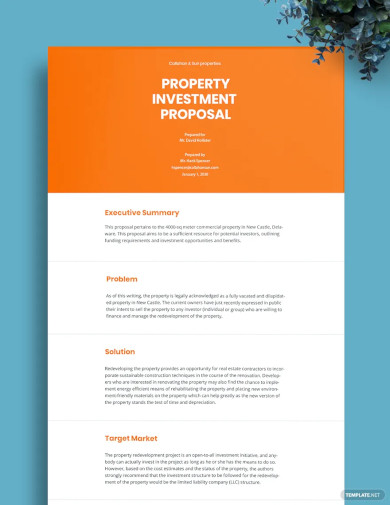
Property Investment Proposal Template
download now -
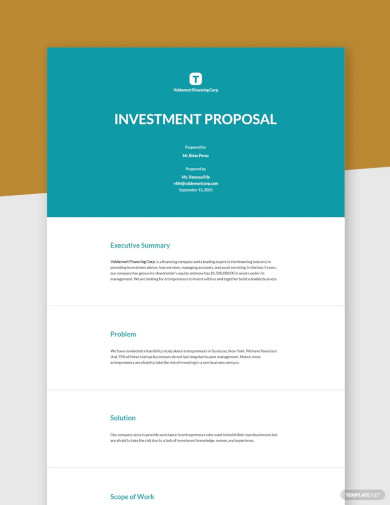
Sample Investment Proposal Template
download now -

Restaurant Investment Proposal Template
download now -
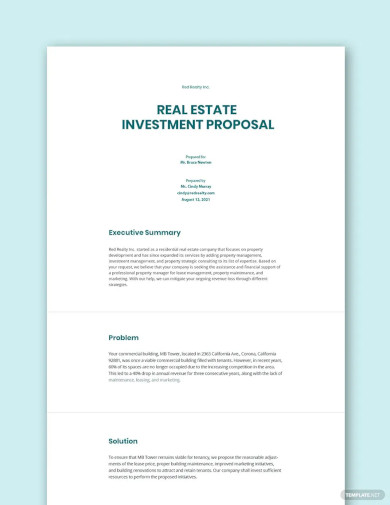
Real Estate Investment Proposal Template
download now -
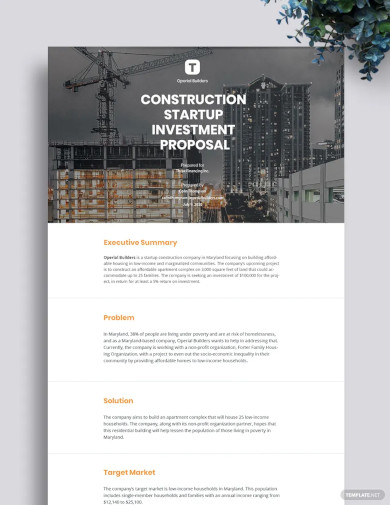
Sample Business Investment Proposal Template
download now -
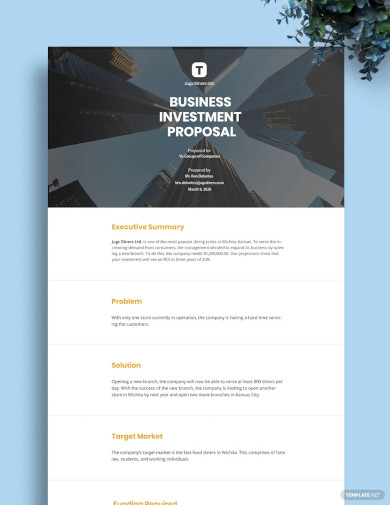
Business Investment Proposal Template
download now -
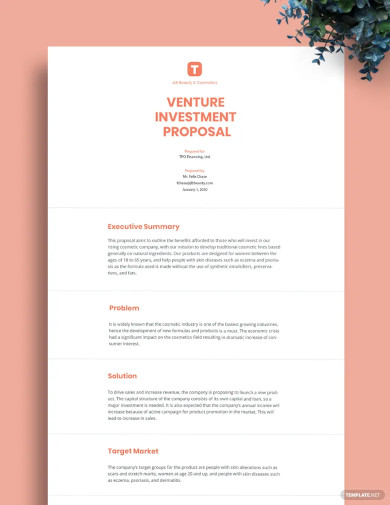
Venture Investment Proposal Template
download now -
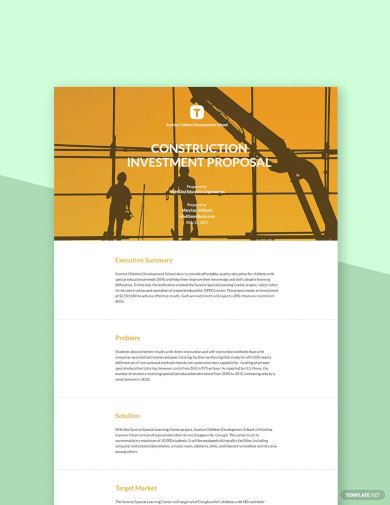
Construction Project Investment Proposal Template
download now -
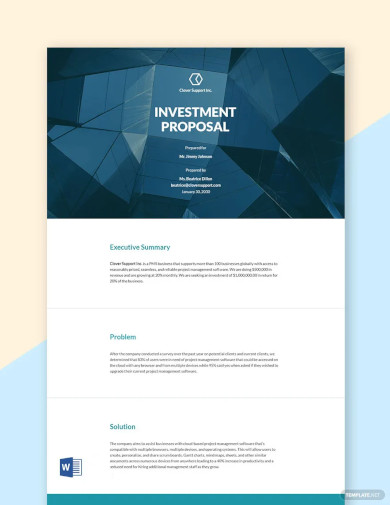
Investment Proposal Sample Template
download now -
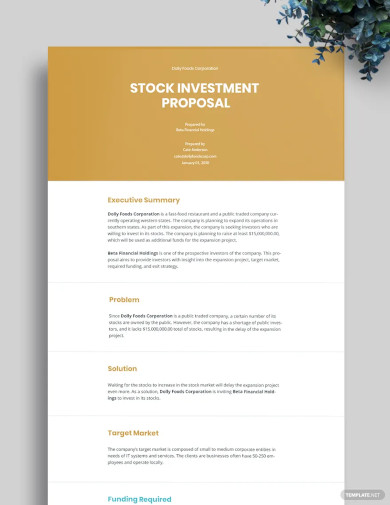
Stock Investment Proposal Template
download now -

Project Investment Proposal Template
download now -
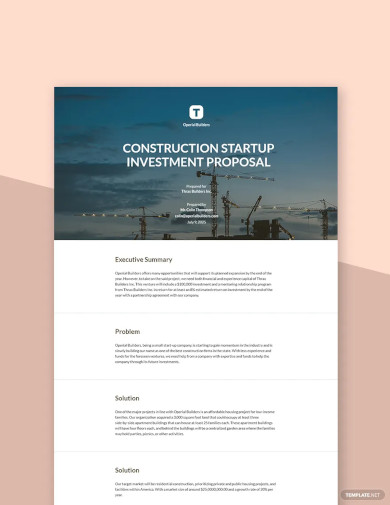
Construction Startup Investment Proposal Template
download now -
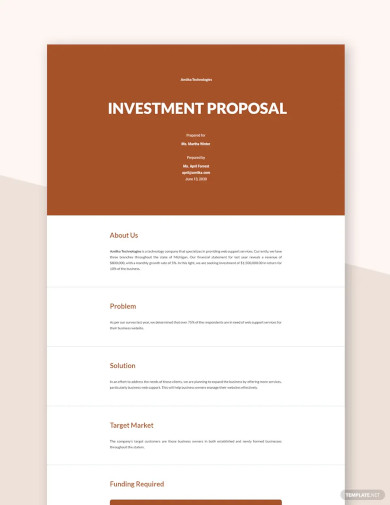
Financial Investment Proposal Template
download now -
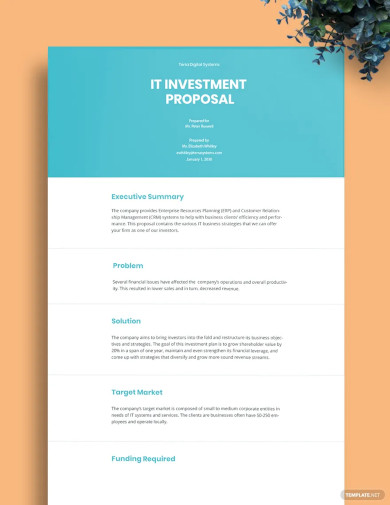
IT Investment Proposal Template
download now -
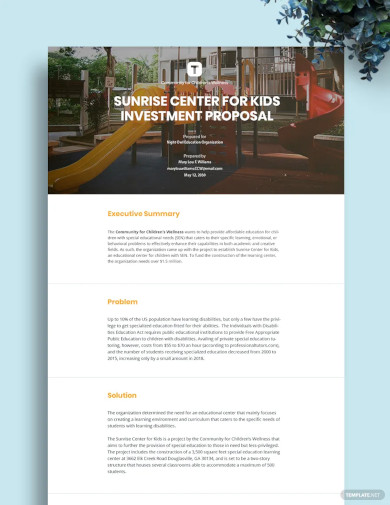
Construction Investment Proposal Template
download now -

standard Investment Proposal Template
download now -

Printable Real Estate Investment Proposal Template
download now -

Editable Investment Proposal Template
download now -
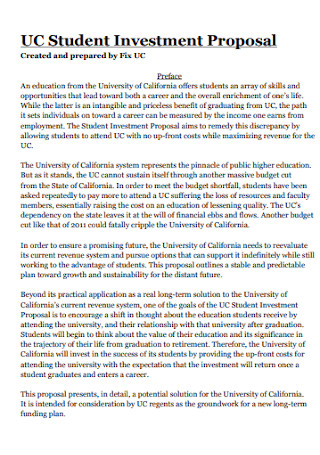
Student Investment Proposal
download now -
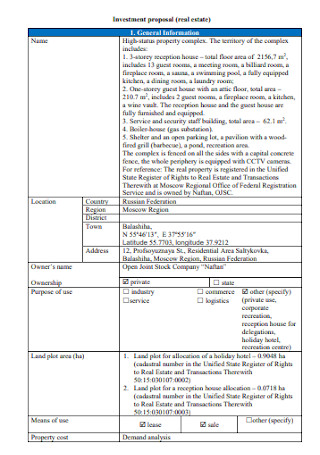
Real Estate Investment Proposal
download now -
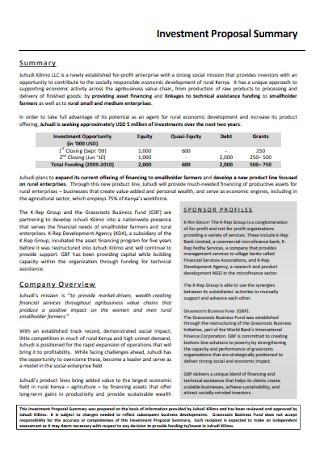
Investment Summary Proposal
download now -
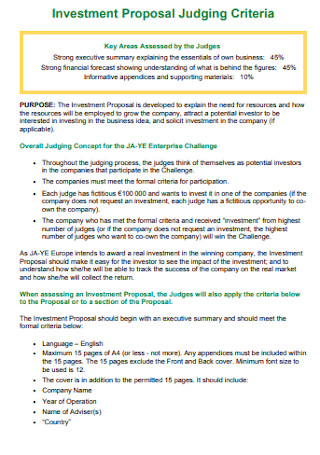
Investment Proposal Executive Summary
download now -

1 Page Private Sector Investment Proposal
download now -
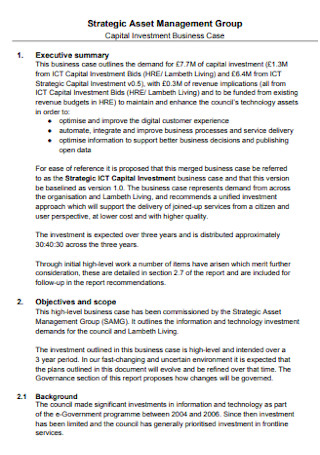
Private Equity Investment Proposal
download now -
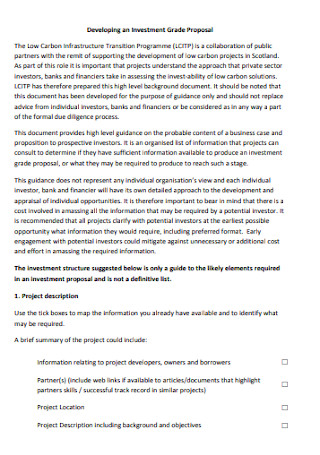
Small Business Investment Grade Proposal
download now -
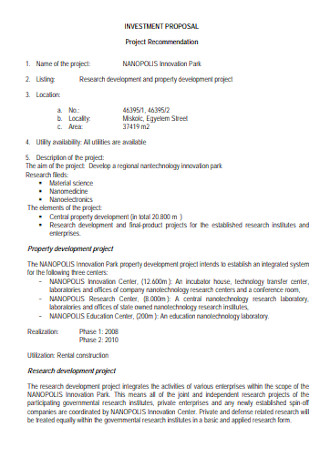
Startup Project Investment Proposal
download now -

Sample Music Artist Investment Proposal
download now -
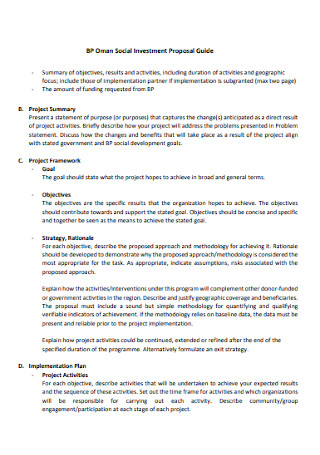
Venture Capital Investment Proposal
download now -

Industrial Client Investment Proposal
download now -
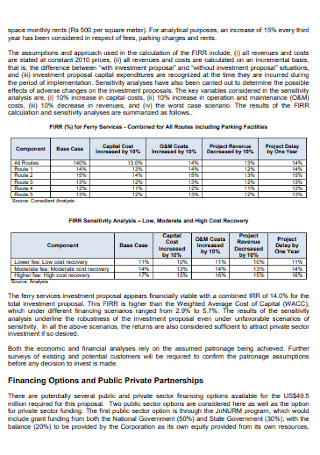
Final Report Investment Disclaimer Proposal
download now -
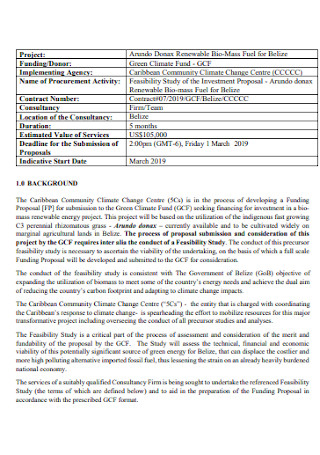
Construction Investment Proposal
download now -

Cover Letter for Investment Proposal
download now -
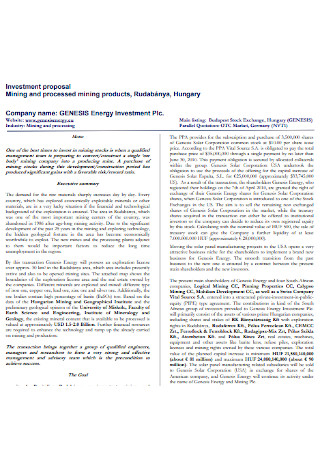
Mining Structure Investment Proposal
download now -
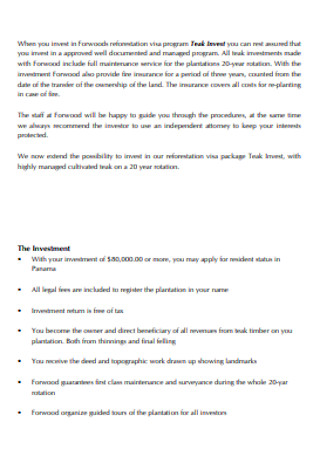
Teak Investment Proposal Agreement
download now -
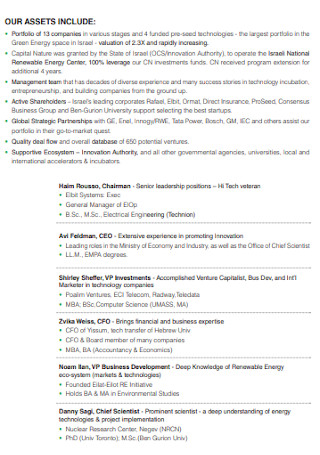
Simple Investment Proposal Template
download now -
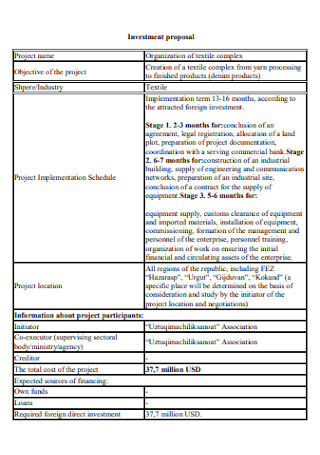
Investment Proposal Format
download now -

Financial Investment Proposal Template
download now -
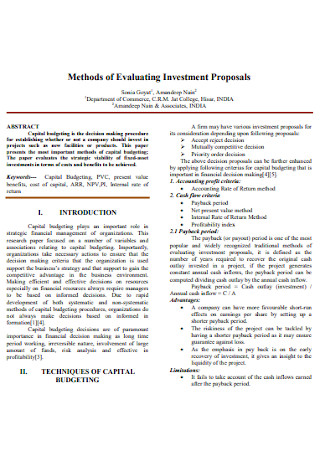
Evaluating Investment Proposals
download now -
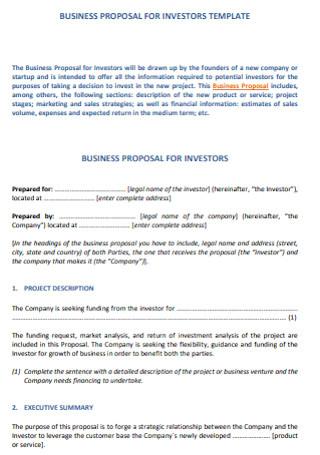
Business Proposal for Investors Template
download now -

Hospital Investment Proposal Template
download now -

Standard Investment Proposal Template
download now -
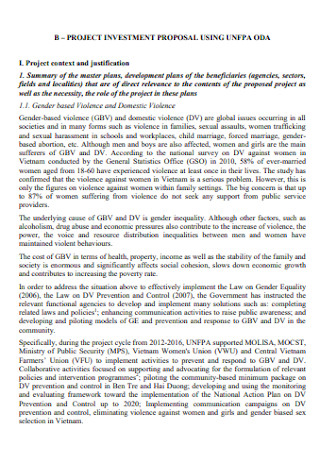
Project Investment Proposal Example
download now -
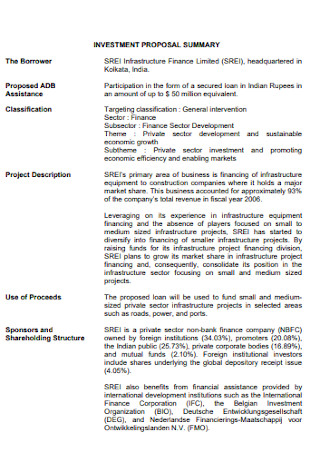
Investment Proposal Summary Template
download now -
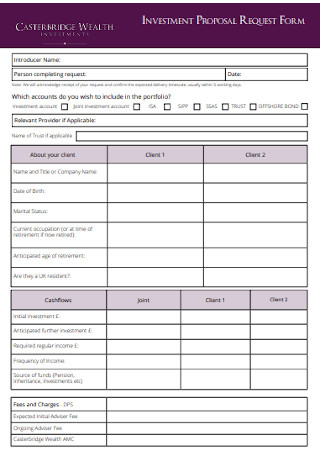
Investment Proposal Request Form
download now -

Poultry Investment Proposal Template
download now -

Printable Investment Proposal Template
download now -
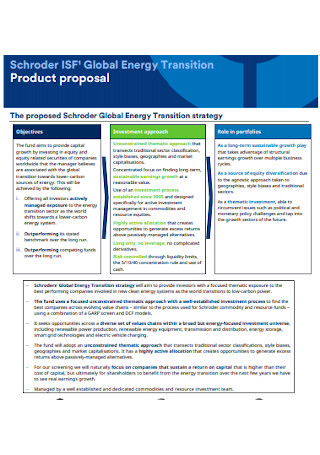
Product Investment Proposal Template
download now -
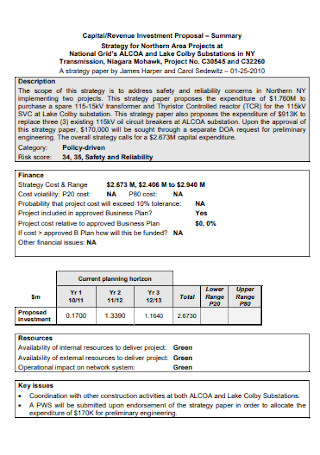
Revenue Investment Proposal
download now -
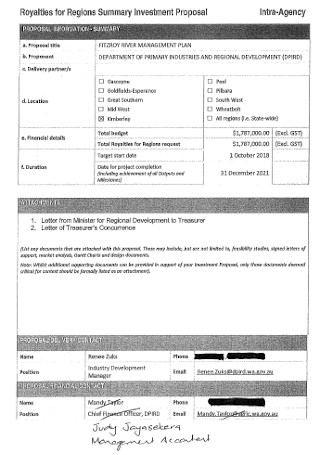
Agency Investment Proposal Template
download now -
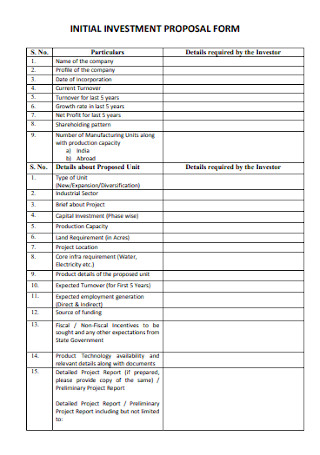
Initial Investment Proposal Form
download now -
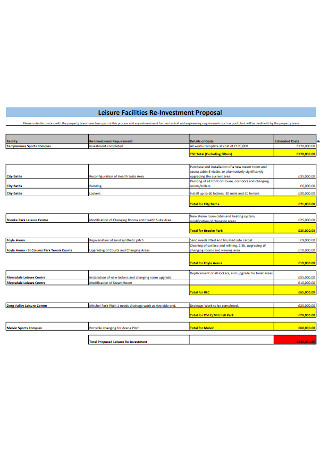
Leisure Facilities Re-Investment Proposal
download now -

Apartments Investment Proposal Template
download now -
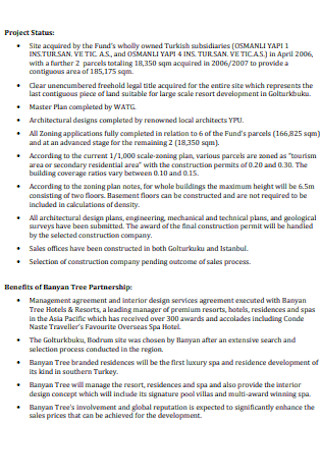
Hotel Investment Proposal Template
download now -
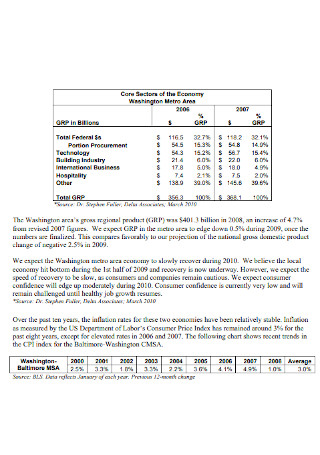
Tower Investment Proposal
download now -
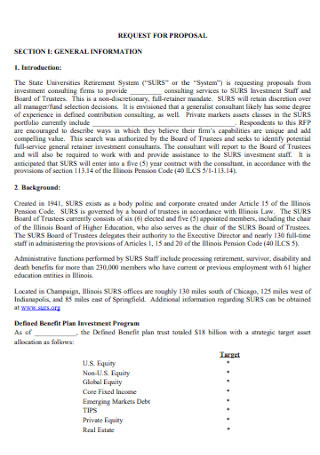
Investment Consultant Proposal Template
download now -

Investment Funding Proposals Template
download now -

Interoperable Communications Investment Proposal
download now -
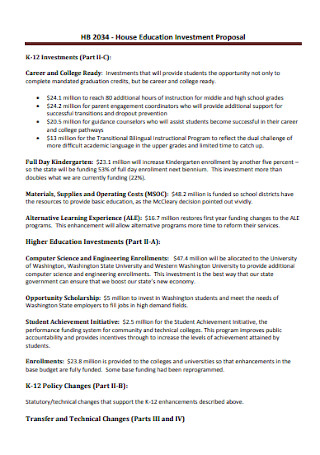
House Education Investment Proposal
download now -
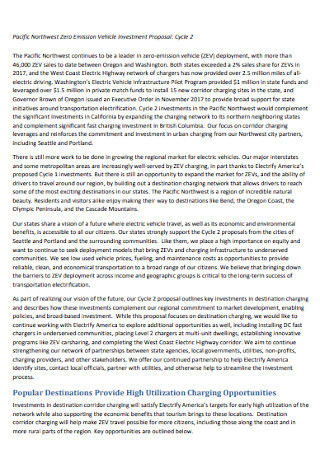
Vehicle Investment Proposal
download now -

Value Investment Proposal
download now -

Power Project Investment Proposal
download now -
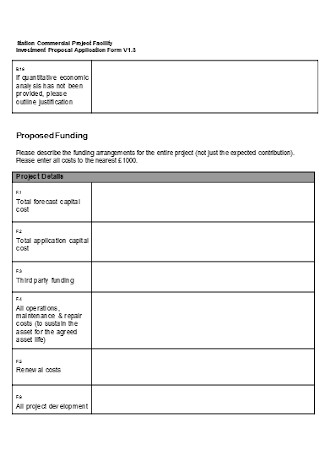
Investment Proposal Application Form
download now -
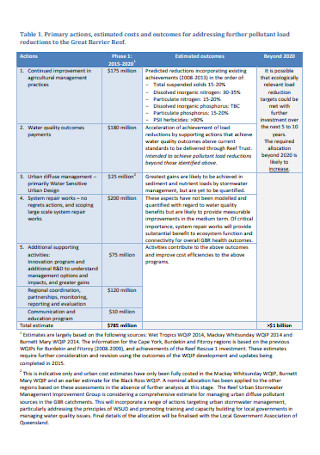
Water Investment Proposal Template
download now -
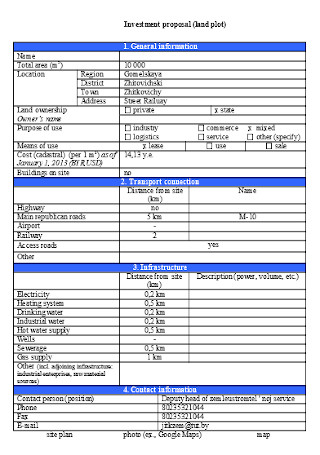
Land Investment Proposal Template
download now -

IT Investment Proposal Template
download now -

Company Investment Proposal Template
download now -
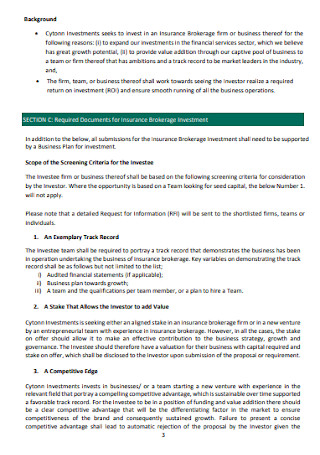
Insurance Investment Proposal Template
download now -

Formal Investment Proposal Example
download now
FREE Investment Proposal s to Download
72+ Sample Investment Proposals
What is an Investment Proposal?
Different Types of Investors
How to Create an Investment Proposal
Elements of an Investment Proposal
FAQs
Why is an exit strategy an important component in an investment proposal?
Are there any other documents needed when in an investment proposal?
Is crowdfunding the same as investors?
What is an Investment Proposal?
About 34% of startups fail not because of a shortage of ideas but mostly because of a lack of funding. Not enough financial support is a huge blow to the survival of their startup. This is why it is crucial to get investors who will provide financial support so their ideas may come to life. With the help of an investment proposal, this might just be possible.
An investment proposal is a text, document in PDF or PowerPoint presentation format that you present to a potential investor. It contains information about your startup and details about the product or service that you want to raise funds for. Bear in mind that the main purpose of an investment proposal is to raise capital from people with money who would be interested and willing to contribute to your company financially. They are referred to as investors.
For your startup investment proposal to succeed, you need to provide solid arguments and reasons why your startup is worth investing in. This requires utmost preparation from the administration and operations side of your business before your can start drafting one. An investment proposal is a collaborative document, and it must be able to capture the current situation of the startup or company as it gives investors a full picture of what your company is all about.
Different Types of Investors
To put it bluntly, investors are people who can potentially make or break a startup. The right investor can help push a startup from being a small firm to become one of the multi-million tech firms. However, the wrong type of investors can also send your startup to crash and burn to the ground. It’s good that before you pitch your business investment proposal template, you know about the different types of investors there are.
How to Create an Investment Proposal
If you’re ready to pitch your ideas and company to investors, there are many investments proposal examples and free investment proposal templates available online. But creating one from scratch gives you the advantage of building your proposal as really own it. Just follow these simple steps to get you started in writing your own proposal.
Step 1: Research Your Market and Competition
A startup’s success is dependent on its pre-development or discovery phase. This is the part where you conduct market analysis through market research to understand the industry better. The data gathered from the research will be your basis to define the product-market fit and refine the value proposition. This pre-development phase helps you eliminate the risks associated with unexpected expenses, lack of market demand, and other potential issues that may arise.
Step 2: Review Your Product
The best time to start wiring an investment proposal is when you already have your minimum viable product or your MVP. This is an early version of your product with enough functionality to stand out and make it viable for users. However, this product still needs to be refined and developed over time. At this stage, you should have already established your smart business goals and target market through thorough market research.
Step 3: Get to Know Your Investors
Since you already know your product, business goals, and target market, it’s time that you learn more about your investors. You must know which type of investor to go to increase your chances of approval and getting funding for your startup. Make a list of investors that you wish to attract and look them up more. This will help you tailor-fit your investment proposal based on your potential investor’s background.
Step 4: Draft Your Proposal
As mentioned, your investment proposal template can be in any format or type. It can be a pdf file, slideshow presentation in PowerPoint, or Keynote. Its final format will largely depend on the type of investor that you choose. Your proposal can go through several edits and revisions just to ensure suitability not only to your product or startup but also to the potential investors.
Step 5: Review All Elements of Your Proposal
Once you’re done with your final draft investment proposal, give it another once over. Review all the details in your report and make sure that all elements are present. Not only that, you have to scrutinize your report in a way that leaves no loopholes or leaves its readers with more questions. Make sure that all elements in your proposal can answer all questions that the potential investor may have about your company and your product.
Step 6: Print Final Copy or Send Final File to Investors
After ensuring that everything is perfect, you may now send your investment proposal to your potential investors. Distribution of your proposal can be in print or electronic formats or both.
Elements of an Investment Proposal
When you’re ready to turn your plans into action, pitching your investment proposal is the first step that you need to take. There are templates available online so you can start writing or you may also create one from scratch as you already know the steps. Make sure that when you create your own proposal, you also must know the elements that should be included in your proposal.
Investment Title
Everything starts with a title to make your presence known. Ideally, your title should be short; it must be catchy and at the same time, describe the value of your products or company. Catchy doesn’t have to be enthralling—it can be direct and straight to the point, or wordplay on common phrases that speak about your purpose.
Executive Summary
Aside from a cover page bearing the title and a page for the table of contents, your proposal must start with an executive summary. This section should indicate your purpose, a piece of short information about your target customers, problems you want to address, and your proposed solution. Don’t forget to include the benefits or advantages of the solution you are offering. It is also helpful to include the expected return of investment from the required investment that you need. Keep it short, simple, and realistic.
Project Details
When it comes to project details, be sure that this section is filled with data and your claims are evidence-based. All the facts and arguments that support you as an entrepreneur should be included here as well as other company profile details. Your product or service being offered must be mentioned and how you plan to bring them to life.
Company Performance
If you’re still looking to establish your business, share information about the products and services that you were involved in and had a significant contribution to. Include the stakeholders of the current project as well as their achievements, and market statistics that can support your startup and your purpose. For existing companies seeking investors, you should provide a business description as well as historical and current financial data.
Sales and Marketing Strategies
In this section of your proposal, you may present the results of the research you’ve done and your market and about the competition. It should also outline your marketing strategies and how you can leverage the research results to implement your sales strategy. Aside from your sales and brand marketing strategy, one key point you must keep in mind is the pricing model that you have for your product or service and a rationale why it was decided to be so or why it’s the most profitable pricing strategy.
Business Operations and Logistics
This section, when done properly will help investors form a positive opinion about your startup or your product and service. Investors are given information about the potential structure of the company and how this will be able to achieve its goals. This could be as tangible as the location of the business, equipment, and technology to start the project, to intangible structures such as the organizational structure of the employees.
Project Financing
As getting investors on board and provide financial support is the end goal of an investment proposal, this section of the document should have accurate and correct figures and includes all details pertinent to the project. It should specify sources of funding, timeframes, ROI, forecasts, and investment plan exits. Investors must be given an exit strategy to safeguard their investments should the project fail to achieve its objectives.
Regardless is you making a real estate investment proposal or a business proposal for investors, be sure to keep in mind these elements.
FAQs
Why is an exit strategy an important component in an investment proposal?
An exit strategy is a crucial component when either of the two situations happens:
- When the business has already met all the required or predetermined investment criteria; and
- When the business has failed to meet its desired or defined goals.
Are there any other documents needed when in an investment proposal?
Your investment proposal should be enough document to pitch your ideas or product to investors. However, there are instances, especially for existing or established startups, that can provide other supporting documents such as a full business plan, marketing plan, income statement, balance sheet, stockholders’ equity, among others.
Is crowdfunding the same as investors?
Yes and no. Investors often provide financial support to a startup company with a specified equitable condition. Crowdfunding, on the other hand, relies on customers to provide financial support and donations from personal and professional networks using a carefully crafted marketing strategy.
An investment proposal is an essential document that startups need to gain financial support from different potential investors. It provides accurate data and information to entities who are looking to invest in up-and-coming products and services. The investment proposal must demonstrate your skills, competence, and ability to profit shortly and concisely. So, if you want to increase your project’s chances of success, make sure that you take time in preparing your proposal.
